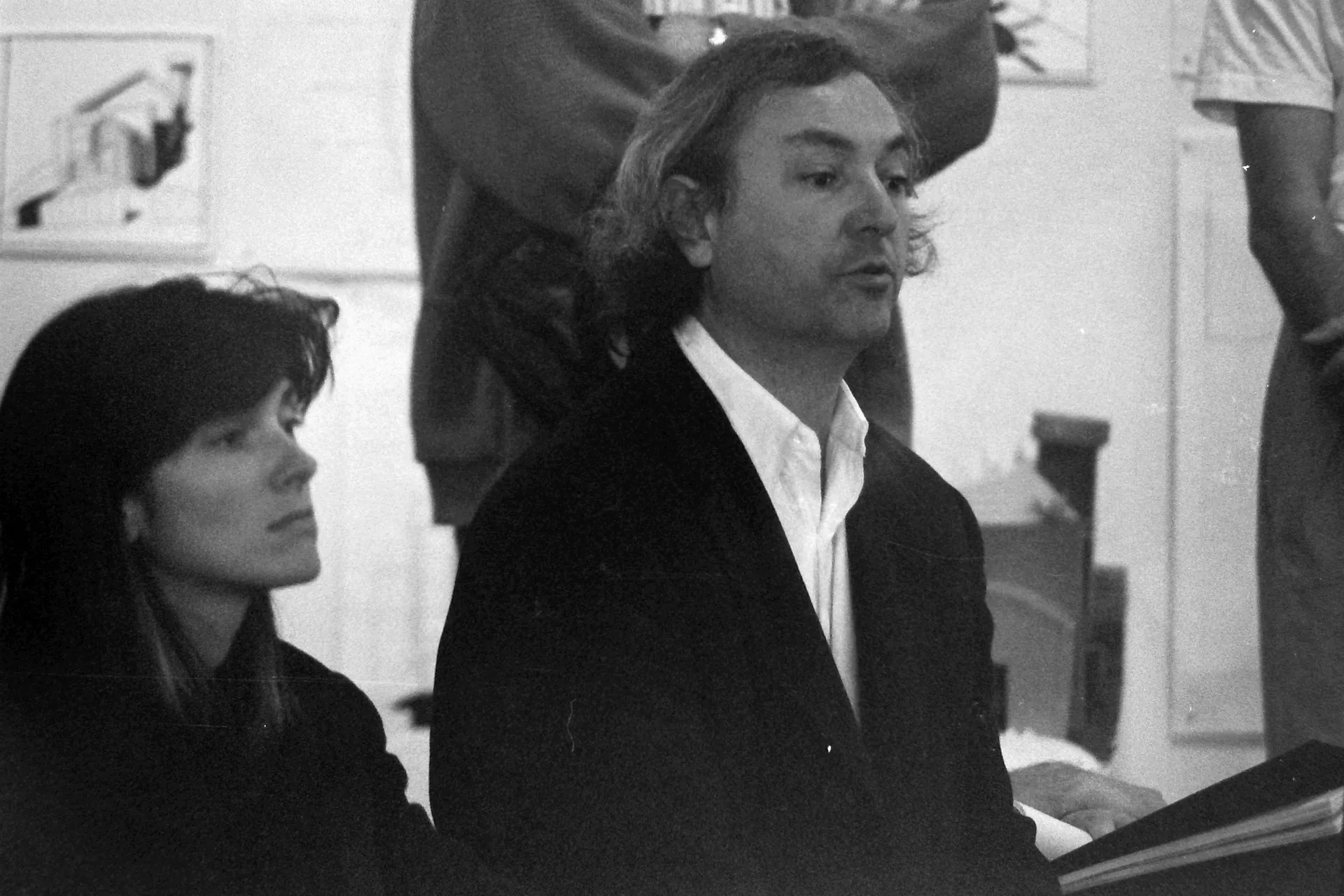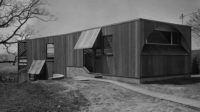Robert Mangurian, who in the 1970s joined a wave of young Los Angeles designers in rebelling against the architectural mainstream, died last week at 82.
Beyond his architectural works, many of which he designed with his partner and wife Mary-Ann Ray at Studio Works Architects, Mangurian made a significant impact through his teaching, both at the Southern California Institute of Architecture (SCI-Arc) and at B.A.S.E., an experimental school-cum-design studio that he and Ray founded in Beijing in 2012.
“Robert was a giant, both as an architect and in the formation of SCI-Arc,” said SCI-Arc director Hernán Díaz Alonso in a statement.
Mangurian was born in Baltimore but spent much of his life in California. After beginning his studies at Stanford University, he transferred to the University of California, Berkeley, to study architecture, and following his graduation moved to New York to launch his career. Then, in 1969, he moved to Los Angeles, where he joined Studio Works and developed relationships with such pioneering figures as Frank Gehry, Thom Mayne, and Eric Owen Moss.

Robert Manguarian with Mary-Ann Ray. Photo courtesy SCI-Arc
Among his best-known works is the Venice Beach branch of the Gagosian Art Gallery (1981), which also included an apartment for gallerist Larry Gagosian. Designed by Mangurian and Craig Hodgetts, the building was noted for its monumentally blank facade that refused to indulge in then-trendy historical pastiche. Within, an open-air circular court adorned with a sculptural wooden stair serves as a central focal point.
Later, Ray and Mangurian worked closely with the artist James Turrell on his Roden Crater, the vast and still-ongoing project to transform an extinct volcano in Arizona into a work of land art. For ten years beginning in 1987, Mangurian served as director of the graduate program at SCI-Arc, a young institution that quickly developed into a center for Los Angeles architectural culture. Mangurian, who continued to teach at SCI-Arc until 2018, helped establish the program’s—and school’s—reputation for progressive pedagogy.
“There was a surreal mystique to the way Robert taught architecture,” wrote architect Steven Holl in a recent reflection on Mangurian’s life. “Architecture and art were an entangled continuum mixed with his strange sense of humor. Values and ideals were the serious focus.”






Post a comment to this article
Report Abusive Comment